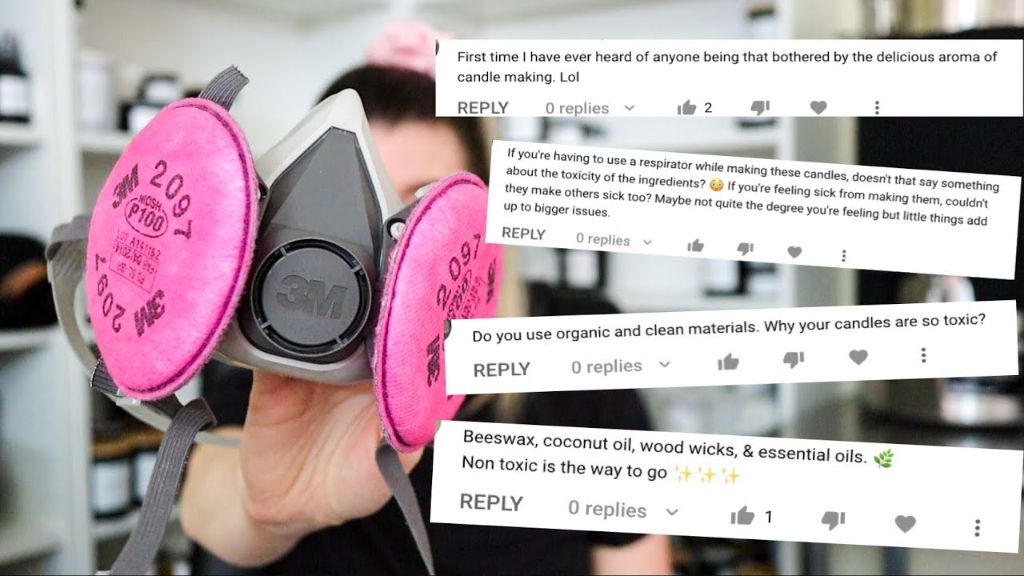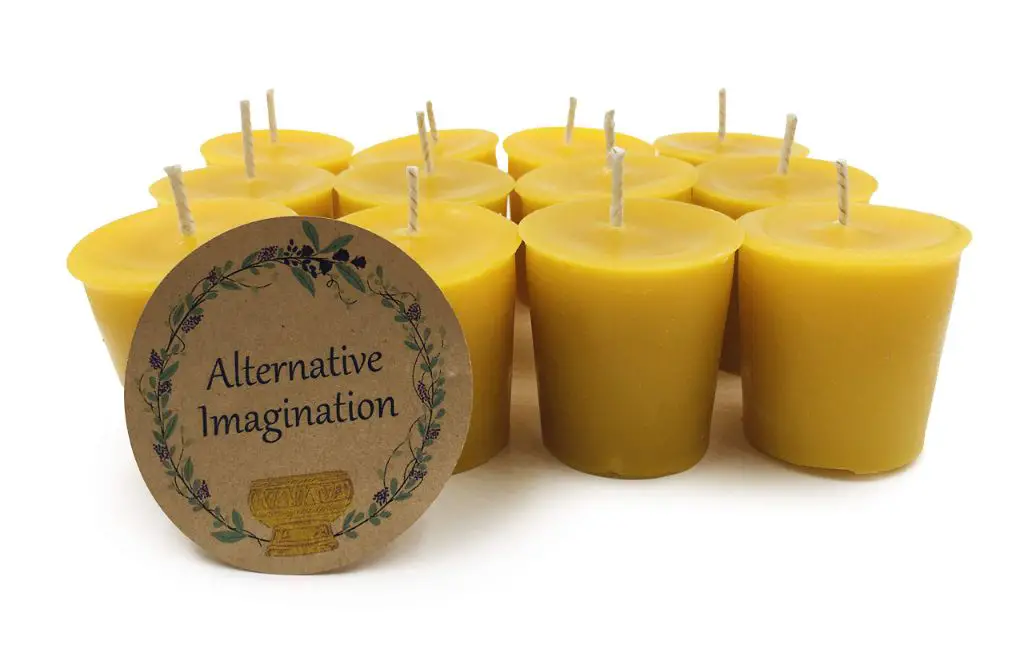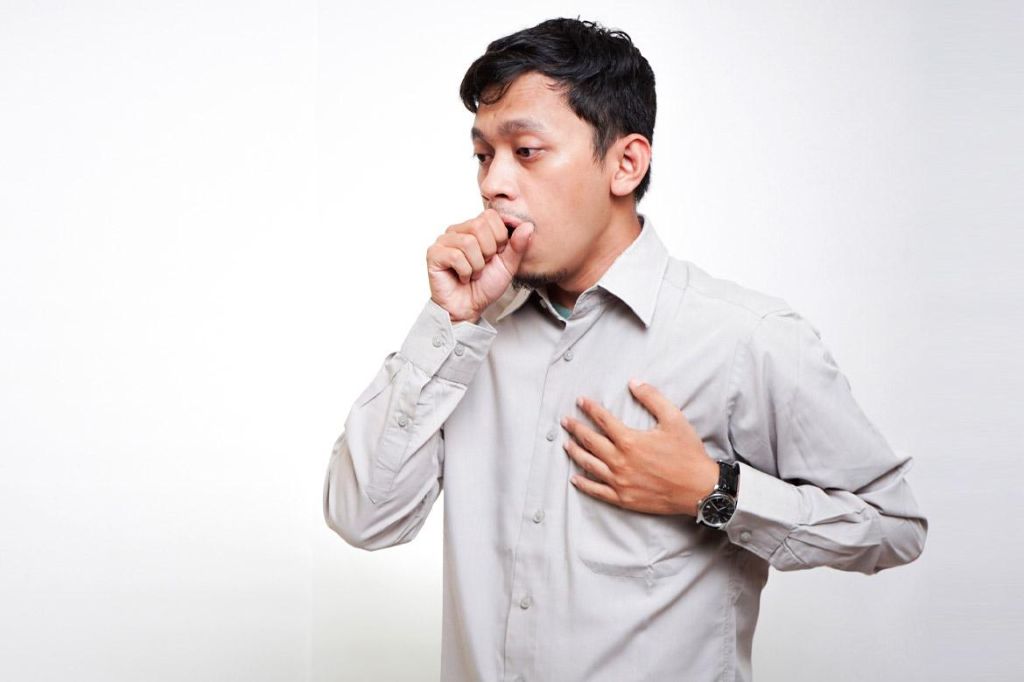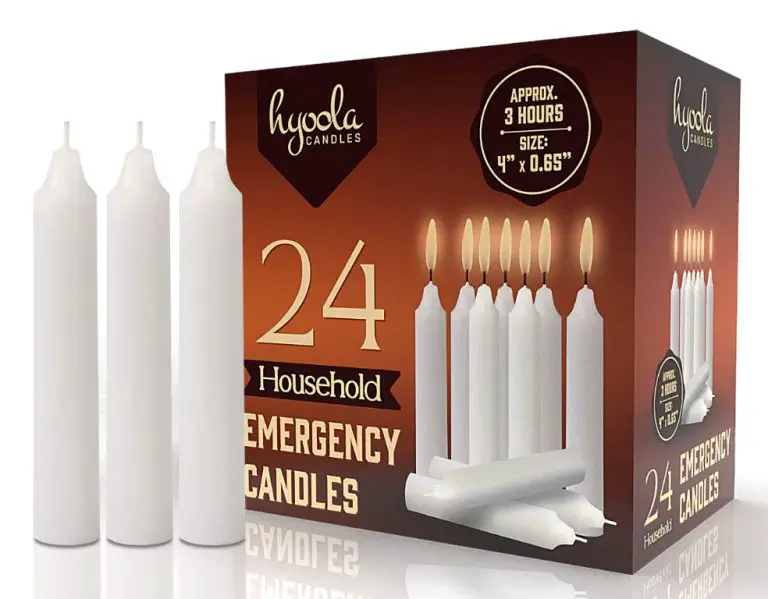Candle Making Dangers Lungs
Candle making has become an incredibly popular hobby and craft in recent years. According to the National Candle Association, retail sales of candle products in the U.S. are estimated at approximately $3.14 billion annually (https://candles.org/facts-figures-2/). The global candle market is also massive, with companies like Newell Brands generating nearly $900 million in candle sales (https://www.statista.com/topics/11364/global-candle-market/). With its relaxing and creative nature, it’s no wonder candle making has grown so popular.
While rewarding, candle making does come with some potential dangers. This article will outline the risks to your lungs and respiratory system from the dust, particulates, and chemicals involved in candle making. Proper ventilation, protective equipment, work habits, and testing procedures will be covered to help make your candle making as safe as possible. Alternative options will also be explored for those who may need to avoid candle making altogether. The goal is to provide candle makers with the information they need to pursue their craft safely and knowledgeably.
Dangers of Candle Making
Burning scented candles can release chemicals like benzene, toluene, and formaldehyde into the air which can pose health risks if inhaled[1]. These chemicals are released through the candle’s fragrance oils and the smoke produced when the candle burns. Exposure to candle smoke is typically brief and low-level, but with prolonged or frequent use the chemicals released can build up and negatively impact health[2].
The particles and soot released from candle burning can also be dangerous if inhaled. This fine particulate matter can irritate airways and lungs, potentially leading to increased cough, chest tightness, wheezing, and exacerbated asthma and allergies. People with respiratory conditions like asthma and COPD may be even more sensitive to the effects of chemical exposure and particulates from burning candles[1].
Additionally, burning candles consumes oxygen and releases some carbon monoxide. In large amounts or small spaces with poor ventilation, this can potentially create a suffocation hazard. But under normal home use, the lowered oxygen levels and small amounts of carbon monoxide released are generally not significant risks.
Overall, there are potential dangers from chemical exposure and particulates when burning candles often and for long periods in small spaces. But occasional, moderate use in well-ventilated areas is unlikely to pose major health risks for most people.
[1] https://www.today.com/health/burning-candles-bad-for-you-rcna80223
[2] https://ucfhealth.com/health-tips/scented-candles-bad-health/
Dust and Particulates

When burning candles, especially those containing paraffin wax, fine particulates are released into the air that can be harmful if inhaled (Source 1). Waxes, dyes, and fragrances all contribute to particulate emissions when vaporized by a candle flame. These small particles can penetrate deep into the lungs, irritating the respiratory system.
A key culprit is paraffin wax, a byproduct of petroleum refining. When burned, paraffin candles release more soot and airborne particles compared to natural wax alternatives like soy or beeswax (Source 2). Fragrances and dyes also vaporize into the air, forming respirable irritants. Those with respiratory conditions like asthma are at highest risk when exposed to candle emissions.
Seeking candles made from more natural waxes, with less synthetic fragrances, can reduce particulate pollution. Proper ventilation while burning any candle is important to avoid concentrated exposure. Limiting total burning time can also minimize respiratory irritation from candle ingredients released into the air.
Chemical Exposure
One of the primary dangers with candle making is exposure to chemical ingredients, especially when burning candles. Fragrances, dyes, and wicks contain chemicals that can be hazardous when inhaled (https://nypost.com/2023/02/17/candles-release-toxic-chemicals-that-go-directly-to-our-lungs-expert/).
The fragrances added to candles often contain toxic volatile organic compounds (VOCs) like formaldehyde, benzene, and toluene. When burned, these fragrances release VOCs into the air which can irritate the eyes, nose and throat. VOCs can also exacerbate respiratory illnesses like asthma. Additionally, lighting a candle causes chemical reactions that produce new VOCs not originally present in the wax or fragrance.
Dyes are another source of concerning chemicals in candles. Common dyes like Red 40 and Yellow 5 contain compounds linked to cancer, allergies, hyperactivity and other health issues. As candles burn, dyes can turn into toxic vapors.
Finally, wicks play a key role in chemical exposure. Low quality wicks contain heavy metals like lead and zinc. These metals get released into the surrounding air when the wick burns down. For minimal chemical exposure, natural fiber wicks like cotton are recommended.
Proper precautions need to be taken when making candles to minimize hazardous chemical inhalation. Using safer wax, fragrance and dye alternatives can help mitigate this danger.
Proper Ventilation
Working in a well-ventilated area is crucial when making candles to mitigate the risks of inhaling dangerous fumes. The process of melting wax and adding fragrance oils releases volatile organic compounds (VOCs) into the air that can irritate lungs when inhaled in high concentrations. Proper ventilation, such as working near an open window or using a ventilation hood, helps safely disperse these VOCs.
As recommended on craftserver.com, candle makers should invest in a ventilator mask from a hardware store and wear it diligently during the candle making process to avoid inhaling fumes directly. While cumbersome, a ventilator makes a dramatic difference in mitigating risks of lung dangers when working with melted wax and concentrated scents. The subreddit r/candlemaking also advises pouring fragrance oils in an enclosed area and letting candles fully cool and set in a well-ventilated room before handling.
In summary, proper ventilation through open windows, ventilation hoods, ventilator masks, and avoiding handling candles until fully set are key to protecting lung health. Candle making releases compounds that can irritate airways, so working in well-ventilated areas greatly reduces risks.
Protective Equipment
When making candles, it’s important to wear protective equipment to avoid breathing in dangerous particles and fumes. Masks and respirators are essential to filter out dust, wax particulates, fragrance oils, and other chemicals that can be hazardous if inhaled over time.
N95 masks or respirators with organic vapor cartridges should be worn during all stages of candle making to protect the lungs. Melting wax releases vapors, pouring candles creates fine wax dust in the air, and adding fragrance oils introduces more chemical exposure. Wearing proper respiratory protection reduces the risk of lung inflammation, asthma, and other respiratory issues from candle making.
Masks or respirators should fit tightly around the nose and mouth to filter the air being breathed in. Check for leaks by covering the front intake vents and inhaling gently. If air leaks around the mask, tighten the straps or get a better fitting mask. Proper protection is crucial when working with hot wax, wicks, dyes, and other candle ingredients.
In addition to masks, long sleeves, gloves, and eyewear provide protection from splashes and burns. Work smart, take safety precautions, and avoid long-term lung damage from candle making.
Work Habits
When making candles, it’s important to practice safe work habits to minimize risks. One key habit is to avoid leaning directly over melting wax or hot containers, as this can lead to serious burns if hot wax spatters. Stand upright and keep a safe distance from wax melting pots and stoves.

Additionally, maintain a clean, organized workspace when candle making. Keeping the area around you clutter-free reduces potential fire hazards and makes it easier to notice and clean up spills right away. Tidy up spills and drips as they occur to prevent contamination or slips on waxy surfaces. Store all equipment properly when not in use. An orderly workspace promotes safety.
Wearing appropriate clothing like closed-toe shoes, long pants, and no loose sleeves or dangling jewelry also helps prevent accidents when making candles. Practice other safe habits like securing long hair, using potholders, and avoiding distractions. Staying focused on the task at hand is imperative for staying injury-free.
For more candle making safety tips, check out these guides from reputable suppliers:
Testing for Safety
When making candles at home, it’s important to test them for potential toxins before burning or selling them. Some key toxins to test for include:
- Lead – Older wicks may contain lead cores that can release dangerous fumes when burned. Testing kits are available to check wick cores. Consider switching to lead-free cotton or paper wicks (https://www.brambleberry.com/how-to/candles/art0212-how-to-test-fragrances-in-candles.html).
- Soot – Too much soot indicates incomplete combustion and potential toxins. Periodically burn candles in a test environment and look for excessive black smoke. Target a faint trail of smoke as ideal (https://www.youtube.com/watch?v=tJctACNaeIM).
- Fragrances – Certain oils like menthol or camphor can be toxic when burned. Always test how fragrances burn before selling finished candles (https://www.brambleberry.com/how-to/candles/art0212-how-to-test-fragrances-in-candles.html).
Consider sending your homemade candles to a lab for testing to identify any dangerous chemicals or combustion byproducts. This provides peace of mind that your creations are safe for you and your customers (https://www.quora.com/Are-store-bought-or-homemade-candles-toxic).
Safer Alternatives
Making candles with natural materials can significantly reduce exposure to dangerous chemicals and particulates. Many candle makers are switching to more natural waxes like beeswax, which comes from honeybees. Beeswax is a renewable resource that burns cleaner than paraffin wax. Essential oils can provide fragrance without the use of synthetic fragrances. And cotton wicks reduce black soot emissions.

Here are some tips for making safer, more natural candles:
- Use beeswax instead of paraffin wax. Beeswax is non-toxic and burns much cleaner.
- Choose essential oils like lavender, lemon, or peppermint to scent candles naturally.
- Look for lead-free and organic cotton wicks which produce less soot.
- Avoid synthetic dyes and stick to natural colorants like beeswax or soy wax.
- Make sure proper ventilation is in place when working with any candle making materials.
With some thoughtful choices, candle making can be made much safer by using natural beeswax, essential oils, and cotton wicks instead of synthetic ingredients.
When to Seek Help
Exposure to candle smoke and fumes can cause temporary irritation to the lungs and airways. However, more prolonged or high intensity exposure may lead to worrisome respiratory symptoms that warrant visiting a doctor.
Some signs that indicate the need to seek medical assistance include:
- Coughing that persists beyond a few hours or worsens over time
- Wheezing or difficulty breathing when at rest
- Chest tightness or pain when breathing
- A whistling sound when exhaling
- Frequent sneezing, runny nose or congestion
- Recurring headaches, nausea or dizziness

If any of these warning signs are present after candle burning, promptly inform your doctor. They can examine your lungs and respiratory function. Testing may be recommended to check for inflammation or reduced capacity. Proper treatment can then be prescribed to relieve any damage and prevent long-term issues.
Seeking timely help allows measures to be taken to improve breathing and avoid complications. Don’t dismiss persistent respiratory complaints as they may indicate a more serious problem requiring medical intervention. Share your candle use history and symptoms openly so your doctor can fully assess the situation.





